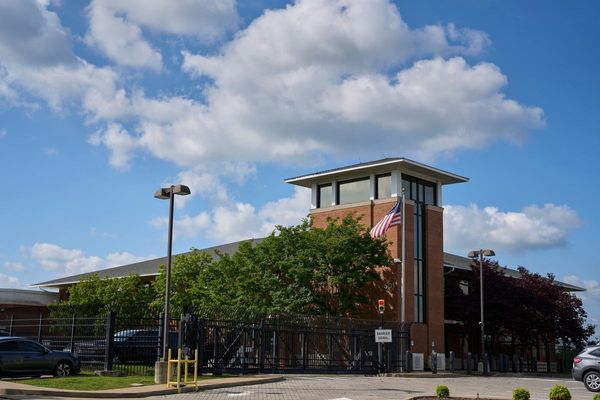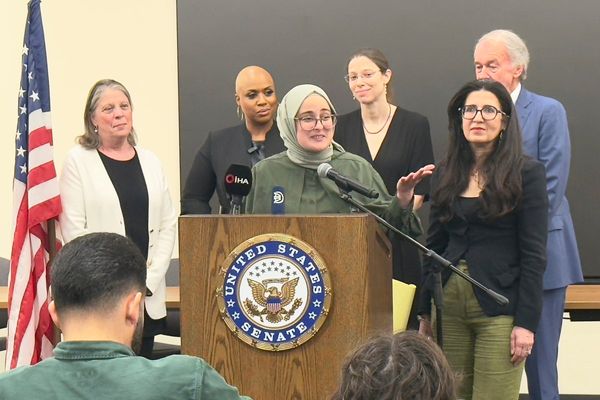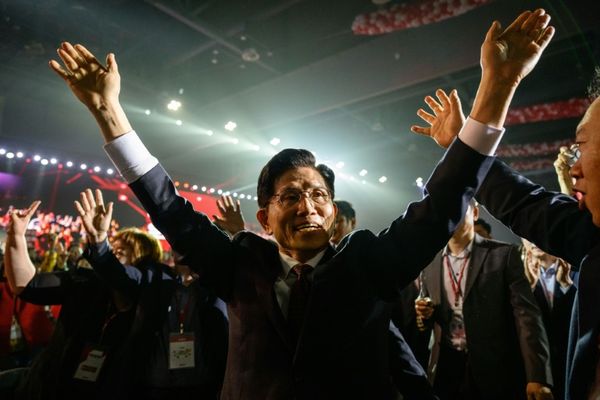
There are a couple of issues in economic commentary at the moment that deserve some attention. One is an interesting and challenging one; the other is decidedly of the pet shop galah variety.
The latter first: the rise in Australia’s headline inflation in August reported last week will put pressure on the Reserve Bank to raise interest rates again.
So let’s run through the data. Inflation in August rose to an annual rate of 5.2% from 4.9% in July, thanks to automotive fuel, rents, housing and holiday travel. Those factors are all linked to supply — higher petrol prices due to OPEC and Russian production cuts, rising holiday and travel costs due to capacity limits by airlines ahead of September holidays, rents due to the limited supply of apartments, and housing costs due to higher prices for materials and the impact of the successive rate rises by the RBA.
Electricity and gas prices also made a big contribution, but there is nothing either the RBA or consumers can do about that — even Philip “Greedflation? What greedflation?” Lowe blamed that on profiteering by companies such as Santos, Woodside and Origin Energy.
But as the Australian Bureau of Statistics (ABS) pointed out, “new dwelling prices rose 4.8% (in the year to August), which is the lowest annual rise since August 2021, as building material price increases continued to ease reflecting improved supply conditions”.
Meanwhile, other economic indicators are softening rapidly. Last Thursday’s retail sales figures for August were very soft: just a 0.2% rise in August to be up 1.5% from a year ago. It was 2.1% year-on-year in July. In real terms, that means retail sales are down 1-2% on a year ago.
AMP chief economist Shane Oliver pointed out this is happening despite rapid population growth. “With population growth running around 2.5%, retail sales per person are actually down 1% year on year (yoy) and real retail sales per person are down around 4.5% yoy,” he added.
The weak growth in retail sales is also linked to the way Australians are running down their cash holdings and savings. ABS figures on Thursday showed that for the first time since 2007, household deposit accounts shrank, by $6 billion. On top of this, the demand for credit (from consumers, business and the government) in the June quarter was the lowest since the June quarter of 2005, another sign of the weak health of demand — though it was helped by Treasurer Jim Chalmers repaying $15.7 billion in government debt in the quarter.
Job vacancies have also softened quickly in the past six months — there are now fewer vacancies than people unemployed for the first time in more than a year. Vacancies are now 18% under their peak in May 2022 of around 477,000.
Oliver sees the RBA looking to cut rates from next June given the tepid state of the economy — as opposed to the galahs at the Financial Review who reckon we need one more monetary kick in the teeth.
The government’s employment white paper last week also drew the attention both of galahs and more serious commentators, for the perceived inconsistency of its “full employment” goal with the RBA’s belief that unemployment will have to rise significantly to push down inflation.
The RBA, like plenty of economists, remains wedded to the idea of a non-accelerating inflation rate of unemployment (NAIRU), below which further falls in joblessness will only push inflation up. Like many ideas in the RBA’s thinking, its best days might be behind it — especially given the difficulty NAIRU-heads have had in accurately estimating what the rate actually is in Australia. For a while there a few years ago, it was, orthodoxy said, around 5%, which now seems like an alarmingly high unemployment rate.
The problem the RBA, orthodox economists and policymakers around the world have is that economic concepts like NAIRU, devised during the post-war period, look increasingly disconnected from the economic reality of the 2020s. In particular, ageing populations and even population decline in a growing number of countries are creating a fundamentally different workforce dynamic than in the post-war years. We’re inexorably moving from a world where there was plenty of labour to one where labour will be increasingly scarce and we’ll be competing with other countries to import it.
Australia has been lucky so far in being able to lift female participation far above where we thought possible 20 years ago, but we’re still importing vast numbers of workers (especially foreign students). We face a future where “full employment” may not be a policy goal but a policymakers’ curse, one that forces us to constantly ask “Where will the workers come from?” for a growing number of industries. And moving interest rates around isn’t going to do anything to fix it.







